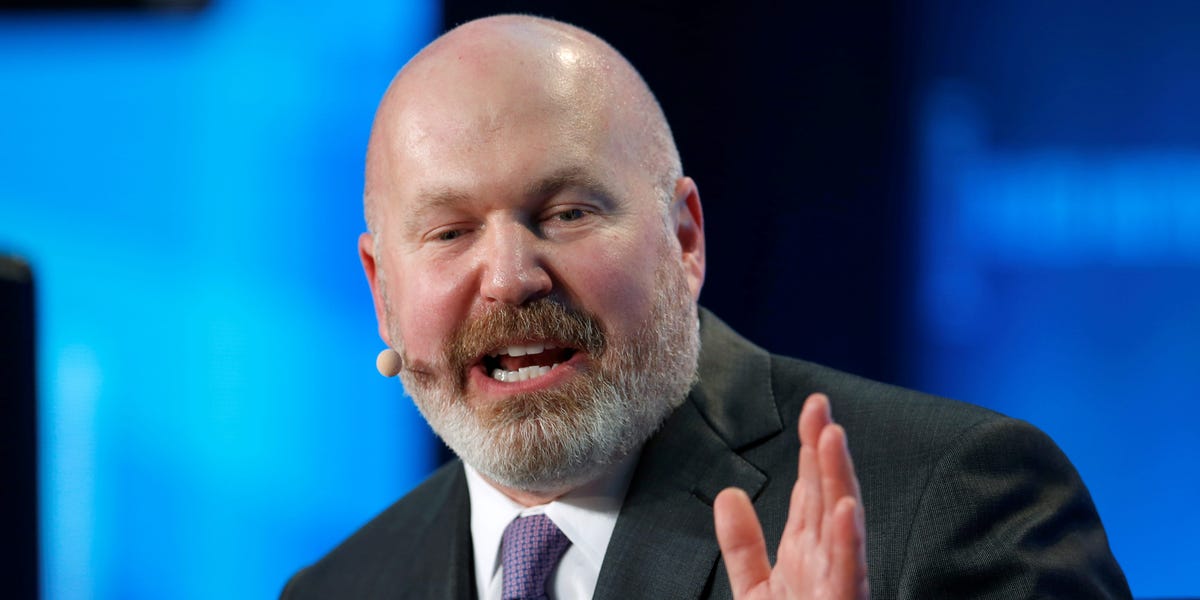CTAs have momentum this year.
The trend-following strategy subset, which uses futures contracts to ride market momentum, lost money on average in 2023, according to BarclayHedge, but had a big month in February. The average CTA made 1.9% last month, the industry data provider notes, but several big-name managers blew that figure out of the water.
AQR, run by billionaire Cliff Asness, made 7.9% in its $1.5 billion Managed Futures strategy, according to the firm’s website. The Connecticut-based manager did not respond to requests for comment.
Man Group’s $6 billion AHL Dimension fund and $5.4 billion AHL Evolution fund returned 4.8% and 5.6% respectively for the month through February 23, according to HSBC’s weekly report. London-based Systematica, the $17 billion quant firm run by former BlueCrest executive Leda Braga, was up 6.4% in its Bluetrend through February 23, the same report notes.
The two UK asset managers declined to provide figures for the entire month.
Smaller shops also performed well. Aspect Capital, a London-based manager with roughly $8 billion in total assets, was up 8% in its Aspect Diversified strategy last month, a person close to the firm tolkd Business Insider. This brought the strategy’s year-to-date returns to 13.5%.
Meanwhile, 25-year-old CTA manager Mulvaney Capital made 45% in February alone, according to a recent Bloomberg article. The firm, run by former Merrill Lynch investor Paul Mulvaney, benefited from a strong equities market last month as well as “sharp moves” in different commodities, the article said.
Swiss asset manager Progressive Capital Partners runs a CTA known as the Tulip Trend Fund, with roughly $150 million in assets. The strategy was up 19.3% in February, fueling a 29.6% rise in 2024 through February.
“February was an extremely profitable month for the strategy,” wrote Thomas Messerschmid, a senior relationship manager at Progressive, in an email to BI.
“The month was exceptionally rich in different trends in different markets. This led to solid profits in currency, equity and energy markets, while the biggest profits came from positions in agriculture markets via longs and shorts.”


